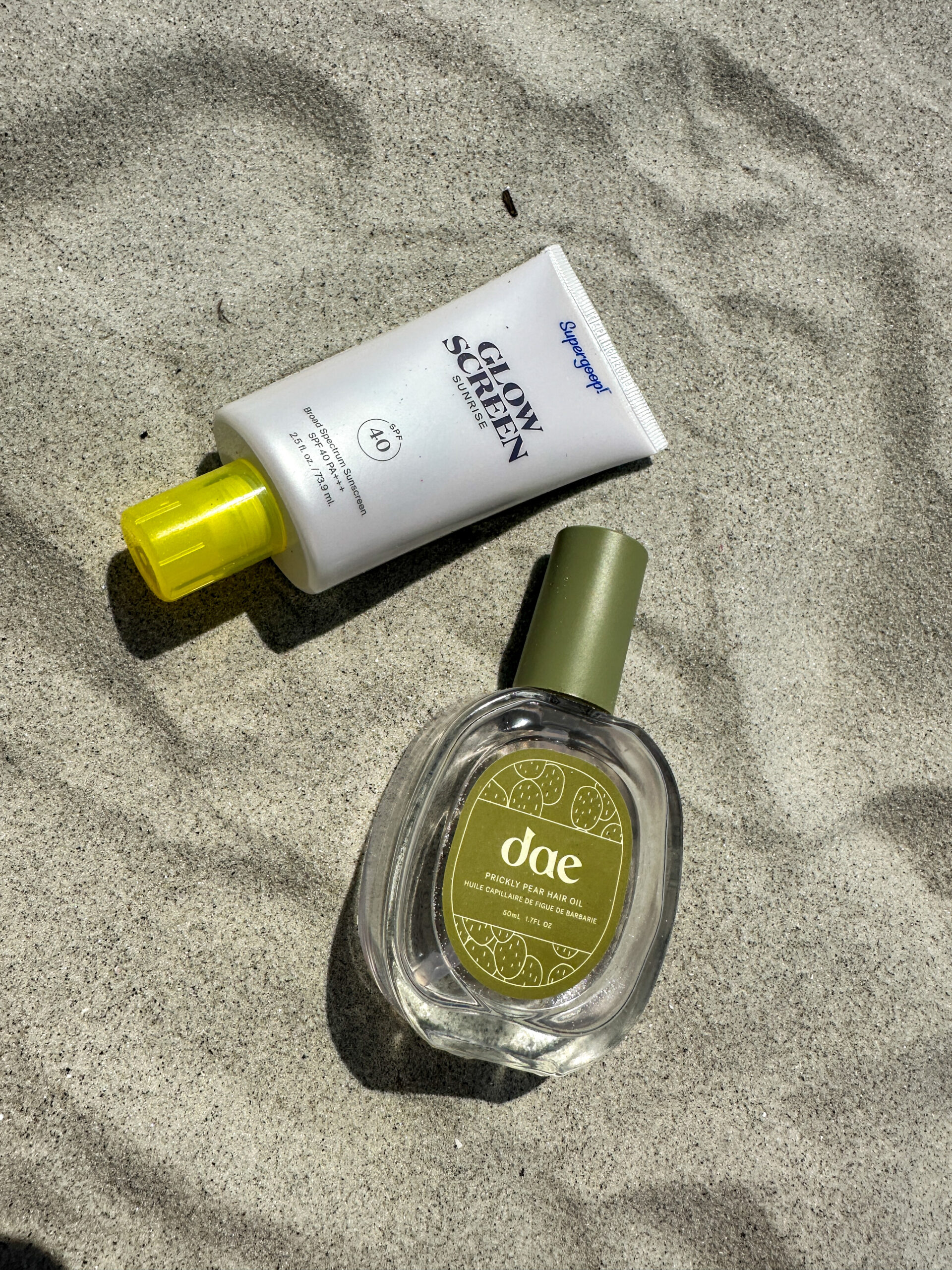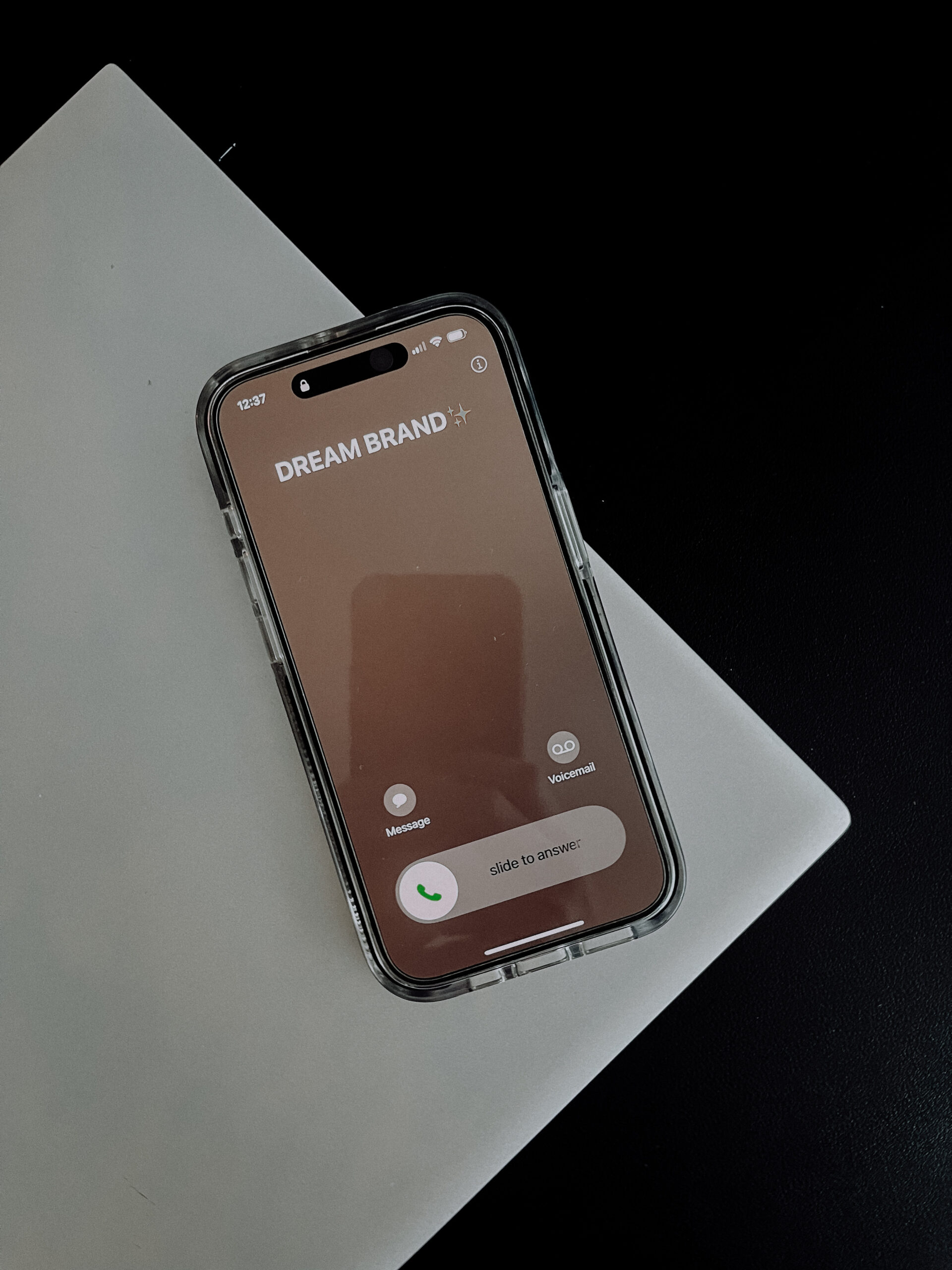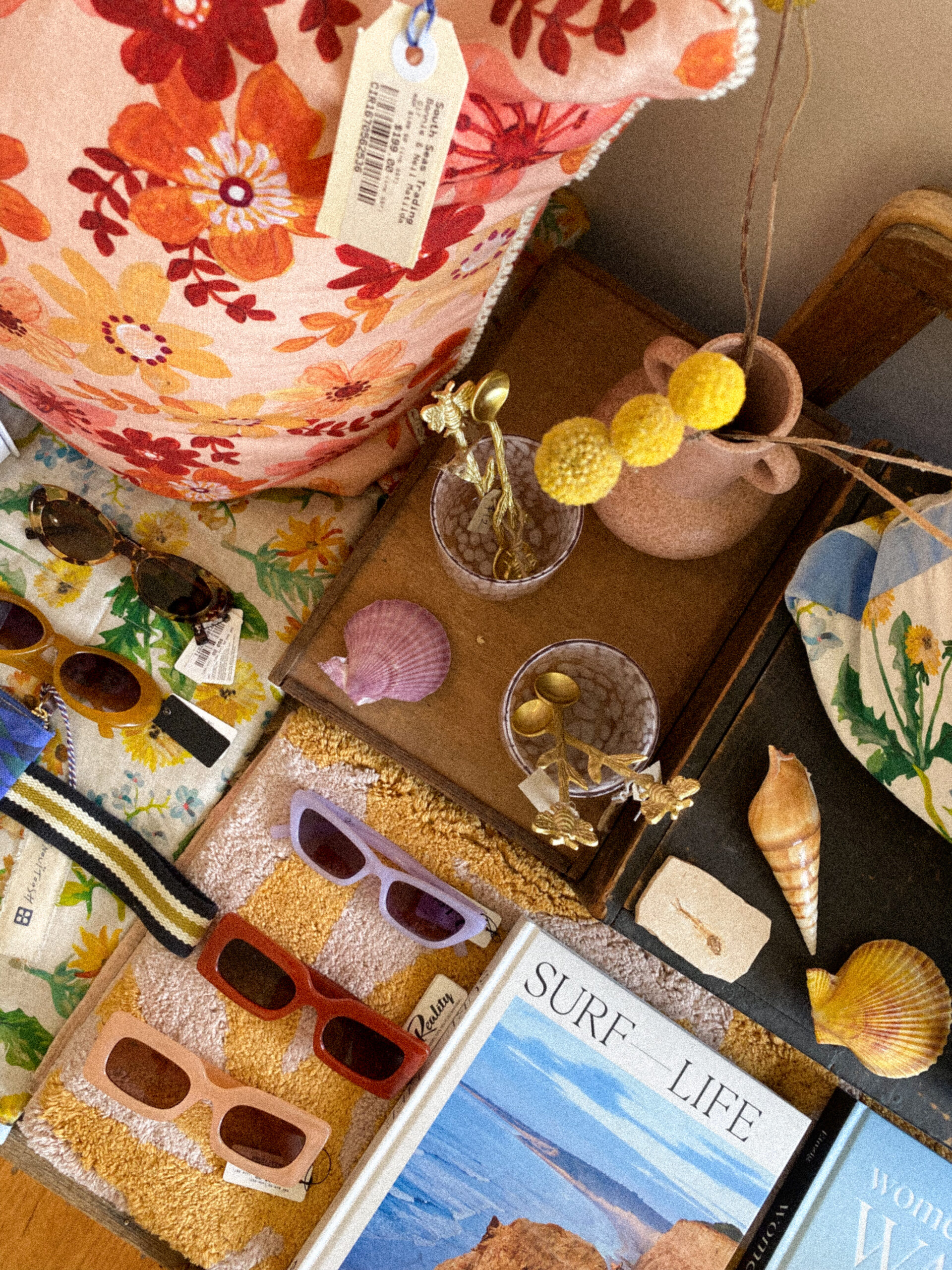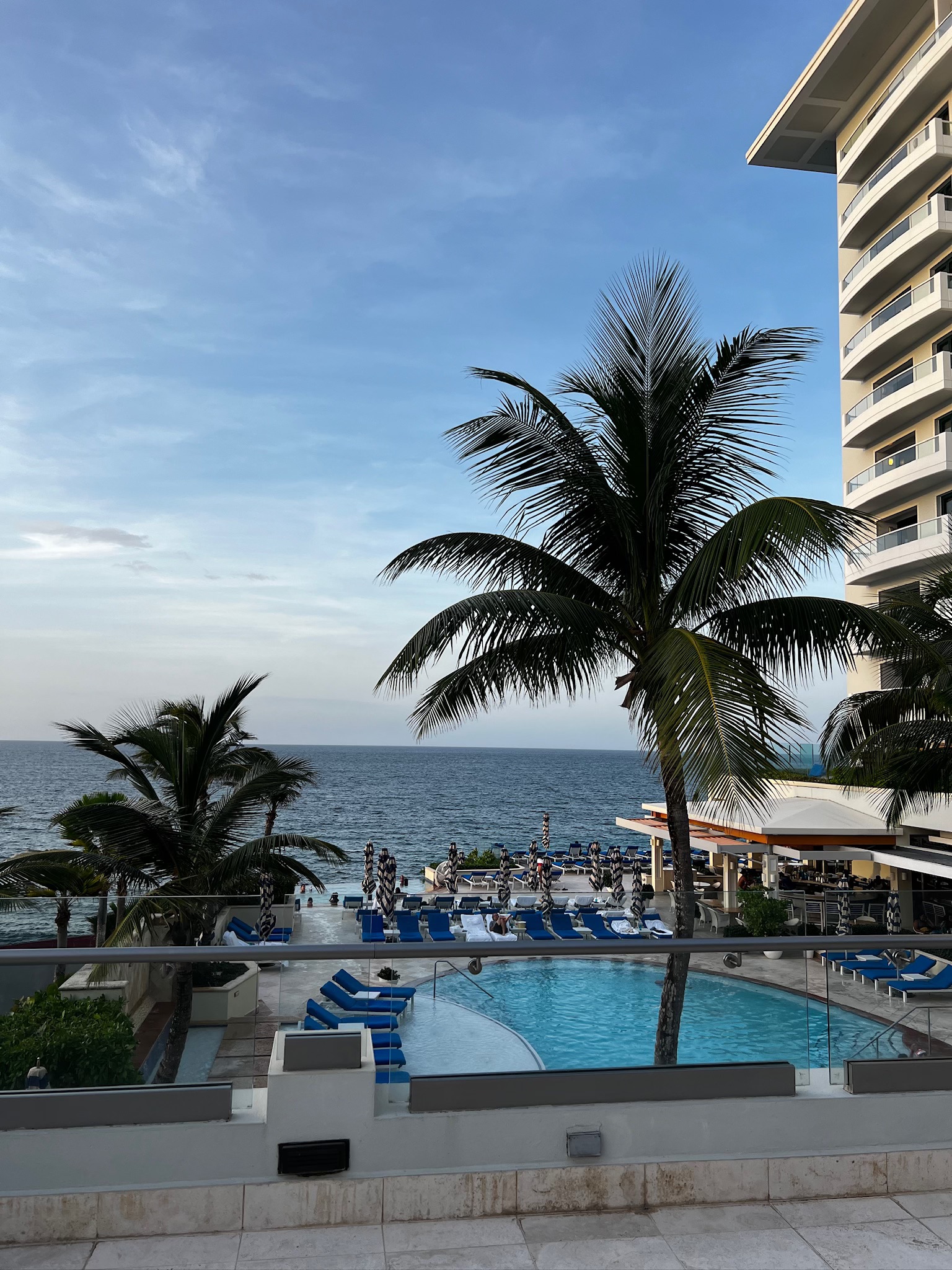A no-fluff guide to what matters, what sells, and what to put on your product labels & packaging
Designing product labels might seem like a purely aesthetic process — fonts, colors, layout, done. But if you want your products to actually sell, especially on shelves where you’re not there to explain them, your label needs to work harder than just being pretty.
As a brand designer who’s created packaging for everything from skincare to haircare to candles, I’ve seen what works, what doesn’t, and what instantly communicates “this brand is ready for retail” versus “this was printed on my kitchen table” (No judgements by the way – been there – but this won’t get you into the exclusive opportunities you’re eyeing on your business vision board.)
Here’s everything you should consider including on your labels and packaging, plus how to know where it belongs (and what deserves to be left off the front).
What You Must Put on Your Product Labels & Packaging
Even though I’m not a compliance specialist, I’ve worked with enough product-based businesses to know the essentials. These are the elements you must include somewhere on your packaging, especially if you want to be stocked in stores:
- Product name / Statement of identity (what it is — candle, face oil, dry shampoo, etc.)
- Net weight or volume (in both oz/g or ml/fl oz depending on market)
- Ingredients list (INCI format for skincare + haircare if applicable)
- Directions for use (especially if needed for safe application)
- Business name & contact info (your legal biz name and either city/state or full address)
- Warnings or disclaimers (especially for cosmetic or topical products)
My take: yes, obviously you need all of this — but not all of it belongs on the front!
The front should be focused on attraction. Only include what’s absolutely necessary (product name, net weight, business name) then some selling identifiers to get people interested from first skimming glance. Everything else? Put it where people can flip, turn, or explore.
What You Should Put on Your Product Labels & Packaging
Once you’ve nailed compliance, it’s time to make your label do its real job: sell.
Here’s what I recommend including:
- Key product benefits (short, visual, bold — e.g. “hydrates & strengthens,” “smokeless burn”)
- Scent or flavor notes (especially for candles, lip products, etc.)
- Visual icons or identifiers (symbols, certifications, or shorthand benefits)
- A short tagline or positioning phrase (what the brand stands for, or what makes this line different)
- Signature messaging language or tone that reinforces your vibe
Why? Because your packaging is your first pitch on display.
If you’re on a retail shelf or Faire storefront, you’re not there to sell your product. Your label is. Use it wisely.
My tip: give just enough information to spark curiosity. The goal is for them to want to pick it up and turn it over to learn more.
What You Could Put on Your Product Labels & Packaging
This is where we move beyond “pretty” and into memorable.
Here are optional but powerful details that can take your packaging to the next level:
- A *mini* brand story or founder insight (only if space allows)
- Your brand values (bonus points if visual)
- QR code to shop more or read usage details online
- Social handles and website url to lead them back to you when they’re out
- Unique visuals that feel like art (if the brand supports it)
But a quick rule: use these only if they support clarity.
If it clutters the layout or dilutes the hierarchy of information, it’s a no.
How To Place Everything On Your Product Labels & Packaging
Here’s how I break it down:
Front Label = Attraction
This is your moment to grab attention, be instantly readable, and stop the scroll (or shelf-browse). Use:
- Product name
- Category / form (e.g. “clarifying shampoo bar”)
- Net weight
- Product’s unique selling points in short form
- Strong visual identity
Pro tip: if I have to twist the jar to read what it is, it’s not working. Don’t let your main label wrap so far around that key info disappears across multiple facets.
Back Label = Connection
This is where you explain, guide, and convert. Use:
- Ingredients
- Directions
- Benefits
- Any warnings if applicable
- Supporting brand story (if space allows)
Bottom Label = Not Ideal
Unless it’s something like a batch number, barcode, or warning, skip the bottom unless you’re desperate for real estate. It’s not where customers are looking.
The Difference Between Pretty Packaging and Effective Packaging
I’ll say it simply:
Pretty packaging looks nice. Effective packaging attracts the right people and converts.
The best product labels do both — they stop you in your tracks and clearly communicate what the product is, why it matters, and what makes it different.
They’re designed with hierarchy, white space, legibility, shelf presence, and consistency in mind. They don’t feel DIY. They feel established, intentional, and ready to be stocked.
If your goal is to grow into retail or scale your presence on platforms like Faire, investing in thoughtful label design is one of the best decisions you can make.
It’s not just about how it looks — it’s about what it says (without needing to say much at all).
When in Doubt, Simplify the Front
Your label isn’t just there to decorate the jar. It’s there to sell what’s inside — to help your product stand out, speak clearly, and show it belongs in the spaces you’re dreaming of.
72% of consumers say packaging design directly influences their purchase decision (Ipsos.com). Which means the design, the layout, the messaging — it’s not just “nice to have.” It’s part of what makes someone pick it up and head to the check out counter.
Whether you’re applying to Faire, pitching to boutiques, or aiming for your first custom wholesale order, the way your product is labeled matters. A lot.
So don’t just ask what you have to include. Ask what your customer needs to see and how quickly you can make them care.
The front is for attraction. The back is for conversion. The whole thing? It’s your brand on display. Take control of the experience.
Everything to Put on Your Product Labels & Packaging



